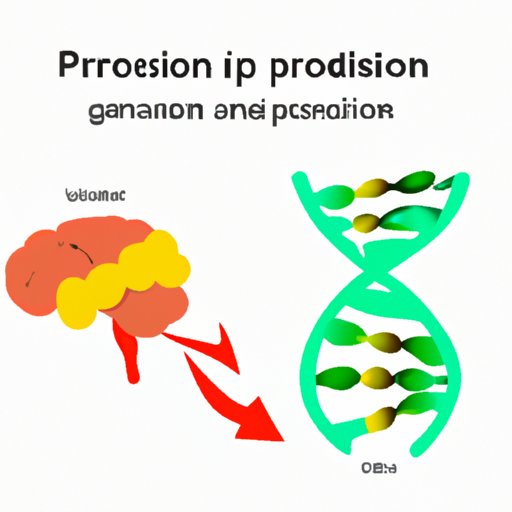
I. Introduction
Prions, a type of protein particle, are infamous for their ability to cause neurodegenerative diseases. This article aims to shed light on the mechanism, types, and impact of prion-induced illnesses, along with current research and preventive measures.
II. Exploring the Mechanism: An In-depth Look at How Prions Cause Neurodegenerative Diseases
Protein misfolding is a key component of prion diseases, wherein the misshapen proteins convert an otherwise healthy protein into the same abnormal structure. These clusters of misfolded proteins, or prions, accumulate in the brain and damage nerve cells, leading to severe neurological decline.
III. The Silent Killer: Understanding the Debilitating Effects of Prion Diseases on the Human Body
Mad Cow Disease, Creutzfeldt-Jakob Disease, and Kuru are some of the best-known prion-induced illnesses. Clinical symptoms vary, but generally include dementia, memory loss, and personality changes. Once prions take hold, they relentlessly destroy brain tissue, leading to a slow and painful death.
IV. A Brief Overview of Prions and the Fatal Diseases They Cause
The first case of prion disease dates back to the 1920s, when scrapie was diagnosed in sheep. Since then, numerous fatal prion-induced illnesses have been identified, including Creutzfeldt-Jakob Disease, Variant Creutzfeldt-Jakob Disease, Gerstmann–Sträussler–Scheinker Syndrome, Fatal Familial Insomnia, and Kuru.
V. Investigating the Latest Research on Prion-Induced Diseases
The nature of prions has made research challenging, with no available cure or effective treatment. Nonetheless, current research efforts are exploring various aspects, such as how prions form, attachment proteins that may inhibit prion accumulation, and possible vaccination methods.
VI. When Proteins Attack: The Role of Prions in Creutzfeldt-Jakob Disease and Other Fatal Illnesses
Creutzfeldt-Jakob Disease (CJD), a rare and incurable condition that affects one in a million people, is caused by prions. Patients with CJD experience periodic changes in neurological function, rapidly leading to death within a few months to years. Other prion-induced diseases such as Kuru have shown to have originated from the ritualistic cannibalism of the Fore people in Papua New Guinea.
VII. Prion Diseases – A Growing Concern for Public Health: Causes, Symptoms, and Preventive Measures
Though prion transmission is rare, there are preventable measures to reduce the risk such as not consuming infected meat or cerebrospinal fluid, sterilizing imported surgical tools, and deferral of blood donation. However, there are still uncertainties in detecting prions in donated blood and other tissues, highlighting the need for screening and vigilance in the medical community.
VIII. Conclusion
Prion diseases remain an enigma for science and public health. With their silent and relentless destruction of the brain, prions are a serious global health threat, but it is crucial to understand and monitor this neurological threat for early detection and compassionate care. Collaborative efforts in research and prevention could open a path towards more effective treatment and possibly a cure in the future.




